By : Charlie Hoyle
Khirbet Susiya, 19 Sya’ban 1436/6 June 2015 (MINA) – “Seven times they have demolished it,” Susiya resident Nasser Nawaja says. “But the villagers have built it again every time.”
One of the 300 or so Palestinians living in the herding and shepherding community in the south Hebron hills, Nawaja is part of the latest generation of Palestinians who have inherited a decades-old struggle against forced displacement by Israel.
“People are very sad. Every night they pray to God that their homes will not be demolished, the situation is not normal,” he told Ma’an.
Also Read: Be Careful of the Trap of Deploying Peacekeeping Forces to Gaza
Originally displaced during the Nakba from Tel Arad — located just 10 kilometers south but now on the other side of the Green Line — the 25 families of Susiya were forcibly displaced again by Israel’s military in 1986 after archaeological evidence of an ancient Jewish synagogue was found in the area.
The Jewish-only settlement of Susya, built in 1983 and with all the infrastructure and comforts of the modern Israeli state, stands a mere 100 meters from where Palestinians wait day and night for their fate to be decided from the stifling heat of makeshift tents.
The herding community was entirely displaced in 2001 after a settler from the settlement was killed during the Second Intifada, but gradually rebuilt makeshift homes and agricultural pens for their animals, which have subsequently been demolished several times over the years by Israeli forces, most notably in 2011.
In 2013, Israel’s Civil Administration rejected a petition by Israeli NGO Rabbis for Human Rights for a master plan to enable villagers to stay on their land, instead recommending that the community relocate from Area C — under full Israeli control and where most illegal settlements are built — to Palestinian Authority-controlled Yatta, in Area A.
Also Read: The Forty-Four-Days of Glory: Azerbaijan’s Struggle for Justice and Peace
In May this year, Israel’s High Court of Justice ruled that an appeal of that decision had been rejected because residents had continued building in the village while the master plan was being considered.
“Currently the situation is on hold, the (Israeli) state can demolish the village at any minute but we don’t know where or when,” Yariv Mohar, spokesman for Rabbis for Human Rights, told Ma’an.
“There is a lot of pressure on the villagers and there are no guarantees.”
Mohar says that the High Court decision is unprecedented in that it refuses to halt the demolition of a village whose future is still being discussed in terms of a potential master plan.
Also Read: Palestine Solidarity Month: A Collective Movement for Al-Aqsa and Palestine’s Freedom
“The claim against the village is at the level of planning. From the point of view of the Israeli state there is no village, there are only a few illegal structures built by Palestinians. They don’t recognize the way of life (of the villagers),” Mohar says.
Rabbis for Human Rights presented five planning alternatives to Israel’s Civil Administration which would enable the village to be incorporated into the area, but they were all rejected on the basis that the village is considered too small to be a specific entity, despite the fact that Israeli authorities legalize much smaller illegal settler outposts on a routine basis.
‘This is our land’
The landscape surrounding Susiya is dotted with the Israeli settlements of Havat Maon and Karmel on nearby hilltops to the east, Susya settlement to the south, and the archaeological site of Susiya just a few 100 meters north.
Also Read: Hassan al-Turabi: A Controversial Thinker from Sudan
Situated around five kilometers west of a closed military area, where Firing Zone 918 is located, Israeli military vehicles are a frequent sight on the windswept roads leading to the village, and a constant reminder of who is in control.
The fate of Susiya is reflective of the wider struggle facing the 4,000-strong Palestinian community in the south Hebron hills, most of whom are herders or farmers.
Unconnected to either the water or electricity networks which serve nearby settlements, and with no choice but to build without permits, Palestinians throughout Area C face a slow form of displacement through evictions and demolitions, often to make way for Jewish-only settlement expansion.
In 2014, Israel carried out 493 demolitions in Area C, displacing 969 people, according to the United Nations.
Also Read: Who Exactly is the RSF Group Shaking Sudan?
Susiya resident Nasser Nawaja says the village is located on a strategic area of land between the illegal settlement and the archaeological site to the north – the only obstacle to connecting and developing the two Israeli-controlled areas.
“They want the open area without any Palestinians and a place to build more settlements,” he says.
“It is my right to be on my land. Inshallah, there will not be any demolitions but if there are the Palestinians will build again.”
Theresa, a volunteer with the Ecumenical Accompaniment Programme in Palestine and Israel who is part of a protective presence in Susiya, says the atmosphere in the village is tense, with daily low-level harassment by Israel’s military and settlers from across the valley.
Also Read: The Two-State Solution (Palestine–Israel) in Historical Perspective
Israeli military forces also routinely enter the village — recently they removed all Palestinian flags from the tents following a demonstration, although they were later all replaced by residents — and have often closed a nearby access road to Susiya to allow soldiers to go for training runs.
“Villagers have been saying to us that this is their land, that they know it’s their land and they want to stay. They are saying: ‘This is our home and this is where we want to live,'” the EA volunteer told Ma’an.
The villagers in Susiya have already made emergency preparations with aid agencies in case of any imminent demolition of the village, and have vowed to rebuild all of the demolished structures.
But for now, the anxious wait continues with the community trying to carry on life as normal, hoping that the village is not demolished before the Israeli court is next scheduled to hear a petition on the proposed master plan on August 3.
Also Read: Enchanted by K-Dramas, Dragged into Slander: Time for Muslims to Rise!
“People we have met are very concerned and worried about when and if demolitions will happen, and there is definitely an intention to build again as they have many times,” Theresa, the EA volunteer, said.
“I don’t think they realize the determination of the people to stay on their land.” (P010/R03)
Mi’raj Islamic News Agency (MINA)
Sourse: Maan
Also Read: Creating Opportunity and Avoiding Misery; Lesson Learn on Waste Recycling Issue





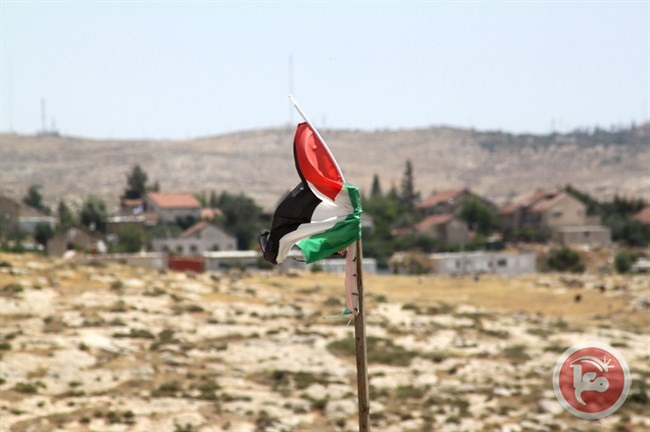


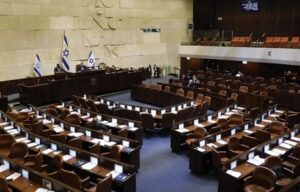
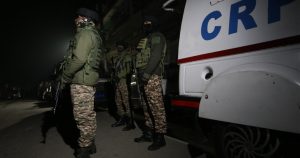
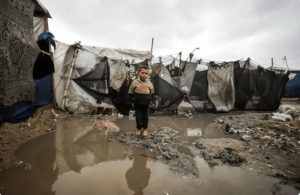
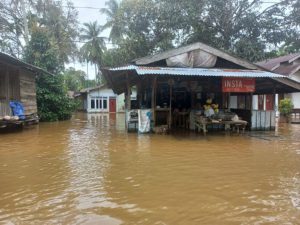
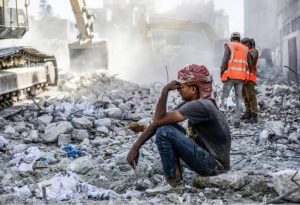



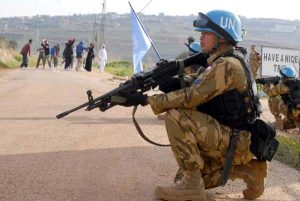
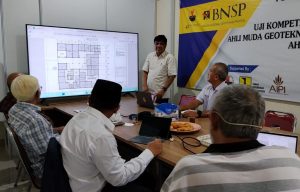
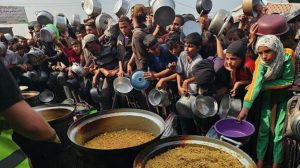




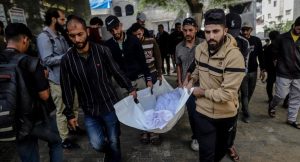
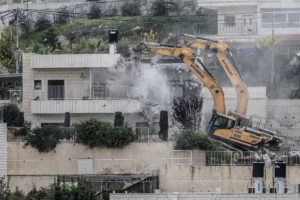


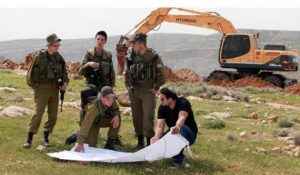
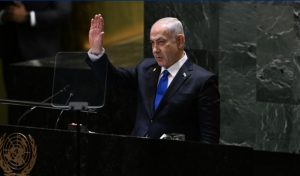



 Mina Indonesia
Mina Indonesia Mina Arabic
Mina Arabic